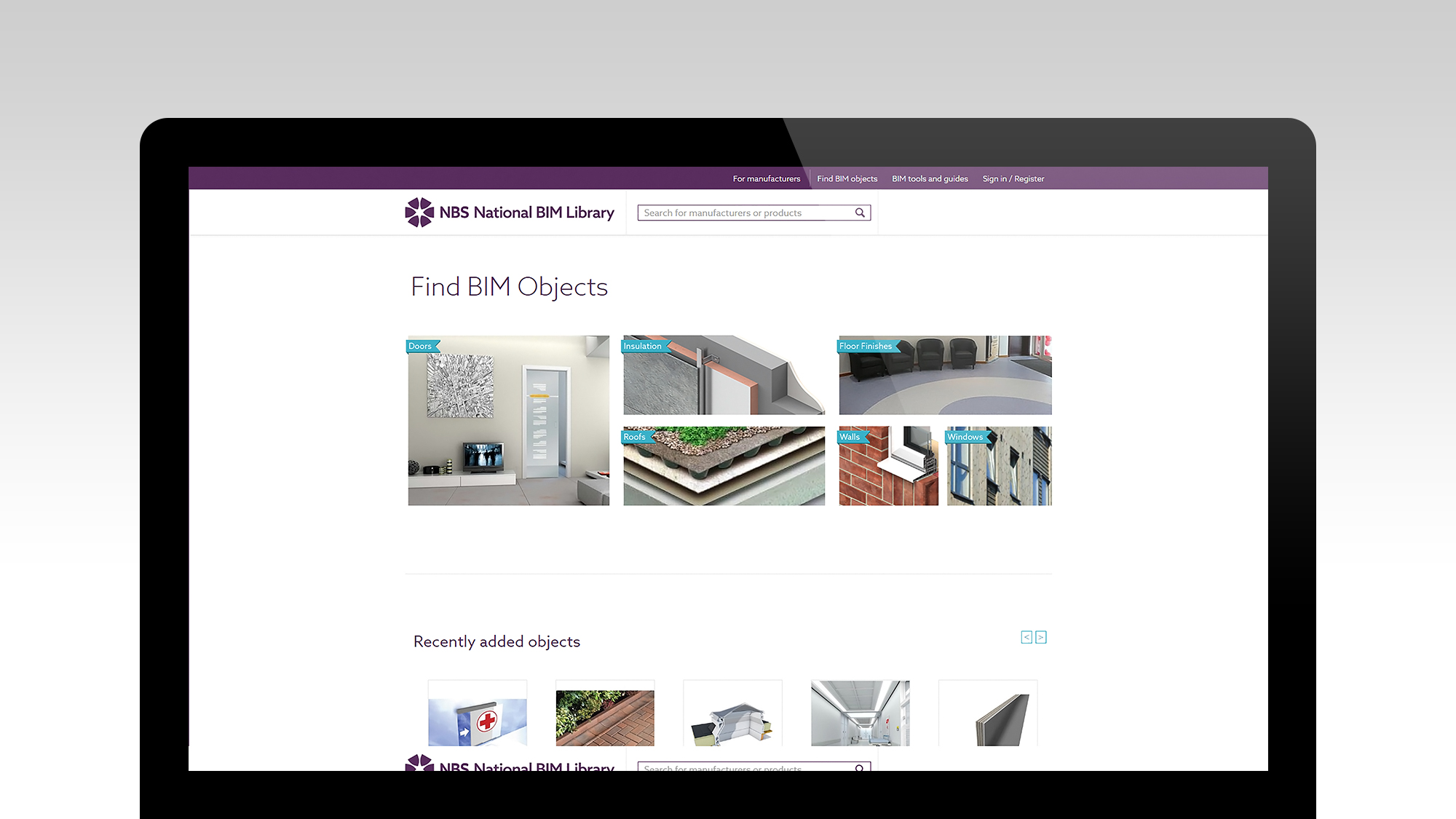The NBS BIM Object Standard sets out what constitutes a high-quality BIM object – with the right levels of information, appropriate geometry, and a consistent, structured format. In this new series we explore the standard in detail.
What is a BIM object and why do they need a standard approach?
At NBS we were quick to recognise that the lack of an industry-wide standard for BIM objects was a barrier to the successful adoption of BIM.
The construction industry needs access to BIM objects that can be used freely, safe in the knowledge that they contain the right levels of information with the appropriate geometry, all wrapped up in a consistent, yet structured and easy to use format.
A BIM object is a combination of many things:
- Information content that defines the product
- Model geometry representing the product’s physical characteristics
- Behavioural data such as detection, maintenance and clearance zones, that enables the BIM object to be positioned in, or function in the same manner as, the product itself
- Visualisation data giving the object a recognisable appearance
For each of these BIM object essentials, it is important that a standardised approach is taken, as creating digital assets using a consistent kit of parts will yield all of the benefits that standardisation brings. Objects will be efficient to use, more easily comparable and will be interoperable



